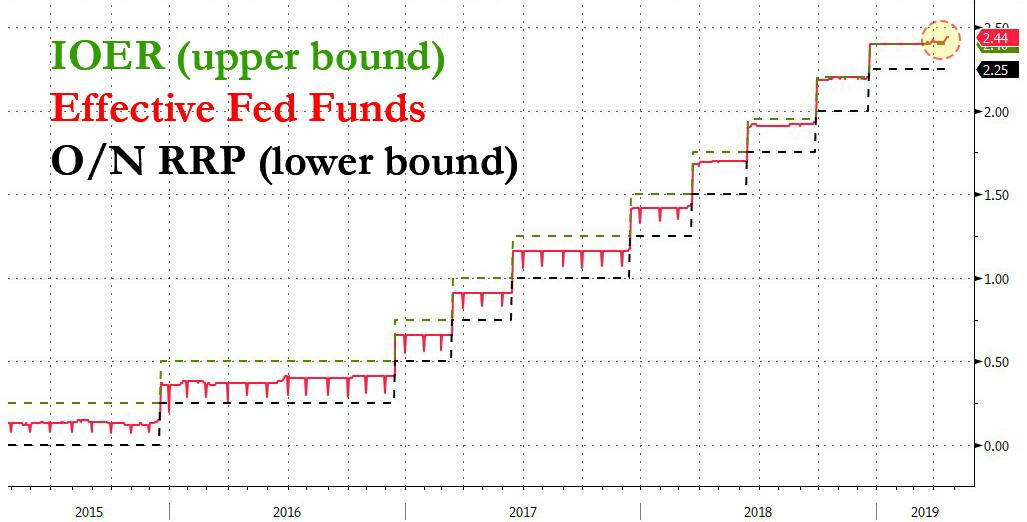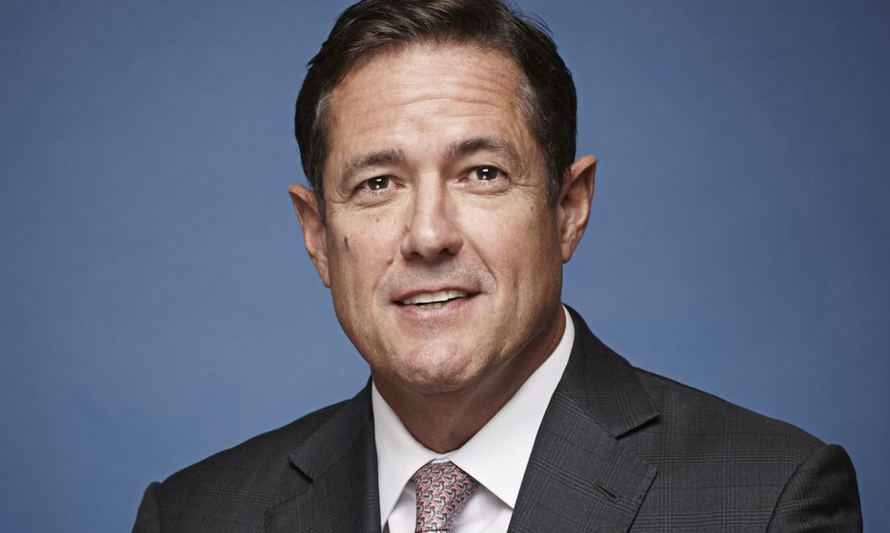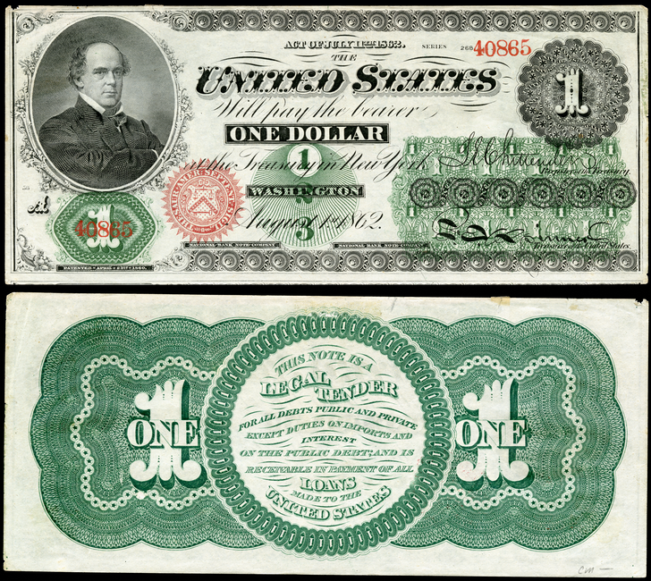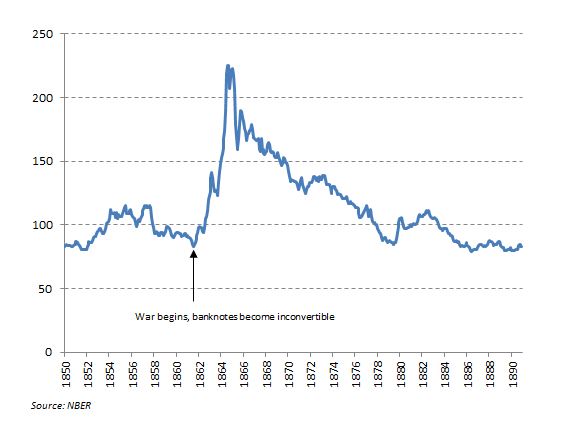Shifting bad consumer & business debts from banks to the public, but the way this bank bailout got packaged is pretty nifty.
Turkish President Recep Tayyip Erdoğan has launched a raft of measures ostensibly designed to reanimate the economy, including offering direct financial support for people with credit-card debt. The plan will enable Turkey’s maxed-out consumers to go to the biggest state-run lender, Ziraat Bank, and apply for debt rescheduling at low rates of interest. “Any retail client from any bank can apply,” Erdogan said.
Credit-card debt is a major problem. Since 2010 consumer credit has increased almost five-fold on the back of low interest rates (at least in certain foreign currencies), government incentives, and loose loan standards. By August 2018, when these pillars supporting Erdogan’s debt-fueled economic miracle began to buckle, outstanding non-housing consumer debt, peaked at 532 billion Turkish lira ($97 billion at today’s exchange rate, chart via Trading Economics):
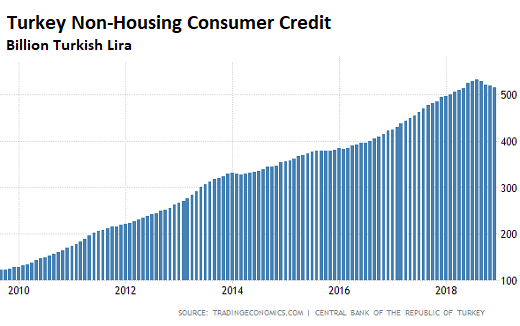
About half of this amount is credit card debt. About one-third of the credit-card debt was considered to be non performing. A good portion of this debt is denominated in foreign currency, such as the euro or dollar, to get access to the low interest rates available in those currencies. And this foreign-currency debt is now, after the lira’s exchange rate has fallen, very hard to service. In other words, the government’s scheme is likely to have plenty of takers.
“The debts of citizens who are having repayment problems will be collected under a single umbrella, via Ziraat Bank,” Erdogan said. “They will pay off their debt with a loan from Ziraat and will pay it back according to the level of their monthly earnings.”
…click on the above link to read the rest of the article…




